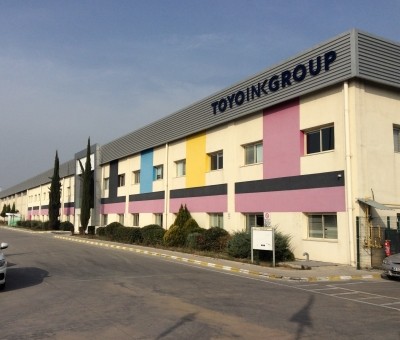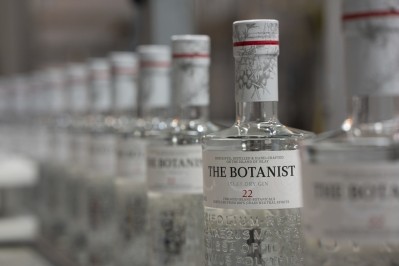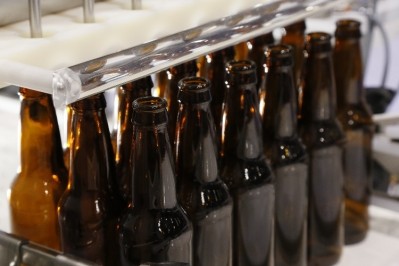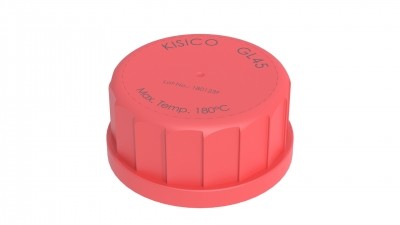Developing the next generation of sustainable beverage packaging: coding and marking

Videojet Technologies provides in-line printing, coding and marking products, application specific fluids and product life cycle services. It has more than 325,000 printers installed worldwide across continuous inkjet (CIJ), thermal inkjet (TIJ), laser marking, thermal transfer overprinting (TTO), case coding and labeling and wide array printing.
New eco-friendly packaging may have the benefit of a reduced weight or renewable base materials: but this may create problems for certain coding and marking technologies.
New materials, new challenges
Single use plastics are under global scrutiny, and brands are moving towards more eco-friendly alternatives.
“As attitudes [towards plastics] change, manufacturers are unlikely to avoid pressure to demonstrate improvements in sustainable practices – either by reducing plastic use or finding alternative materials altogether,” Viktor Puzakov, global marketing manager, Videojet Technologies, said.
“Of course, this is no simple proposition from a supply chain and processing perspective. However, assuming such changes are fundamentally required for the long-term viability of the beverage packaging industry, they needn’t cause insurmountable challenges where it comes to the requirements associated with coding and marking.”
The challenges that exist broadly come down to two considerations, he said. These are either taking steps to reduce overall use by switching to lighter, thinner plastics, or changing the substrate entirely, using more environmentally friendly alternatives.
“Firstly, eco-friendly plastic bottles have much thinner walls than traditional ones. Where it comes to coding and marking, using a Continuous Inkjet (CIJ) printer presents no issue, as the printer simply adds a layer of new material – ie ink – to the bottle surface, regardless of its composition. It does, however, dramatically change the way laser marking technology would operate.
“Since a laser removes a layer of material – to create a code, the chances of burning through the bottle increase significantly. To solve this problem, laser marking equipment uses a shorter wavelength (9.3µm vs 10.6µm) creating a shallower mark and therefore reducing the risk of burning through the material. In addition, non-crossover fonts should be used. This prevents a laser from burning through the same spot twice. An example would be the number 8 and the letter X. Instead of passing through the center twice, it would jump over an existing line.
“Secondly, new bottle formats made from a sustainably sourced wood fiber, or paper pulp, are in development. When these enter mainstream circulation, this format will almost certainly generate new coding challenges, both for CIJ and laser marking machines. Ink can bleed into the fibers of the substrate, making a sub-standard code, whereas laser coders could very easily burn through the fiber.
"In order to combat this, it will be essential for those manufacturers adopting this packaging type to work closely in partnership with coding and marking experts in order to achieve, via testing, the optimal coding solution. This is particularly important where new products are concerned, as getting coding and marking configurations correct first time will ultimately save time, while also minimizing the risk of wastage on the production line.”
Puzakov says there is a shift towards a more circular economy where it is an expectation – or even requirement – to recycle and reduce waste. The public is increasingly turning to products that use sustainable, natural and organic materials in their composition in order to help them play their part.
“Aside from sustainability and responsibility commitments, brands are likely to see a competitive differentiation by leading in the reduction of harmful plastic use too, appealing to public concerns as they demonstrate future thinking and greater awareness for environmental protection.”









